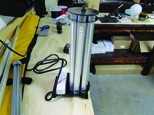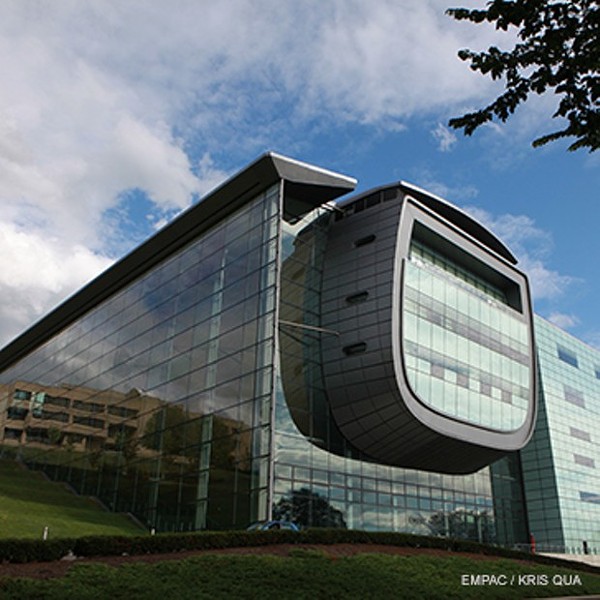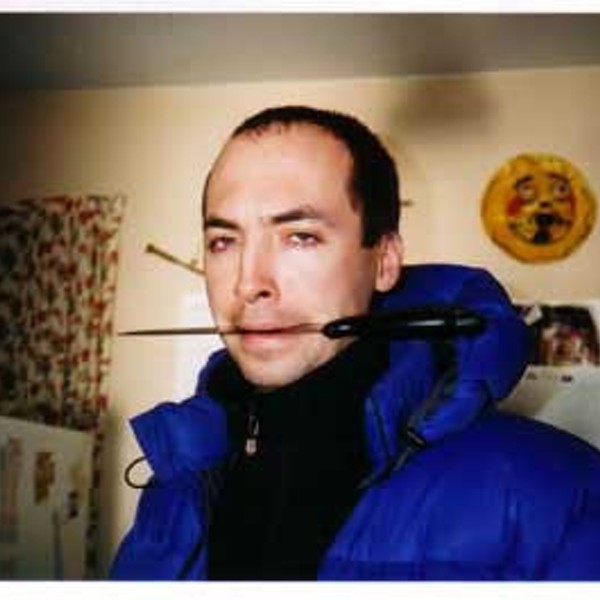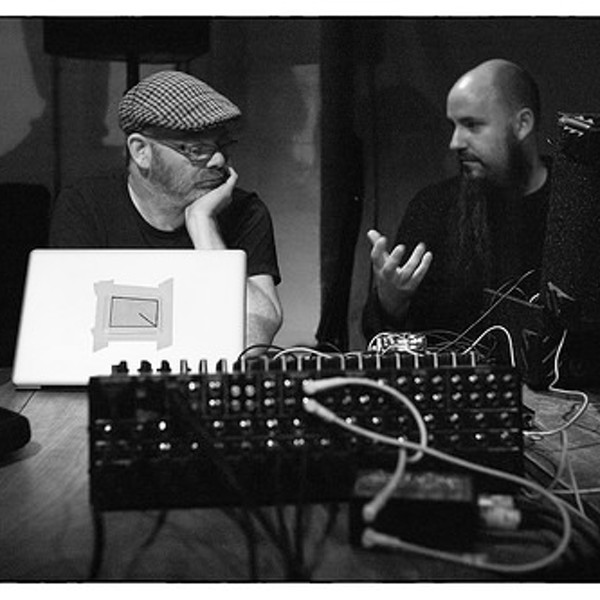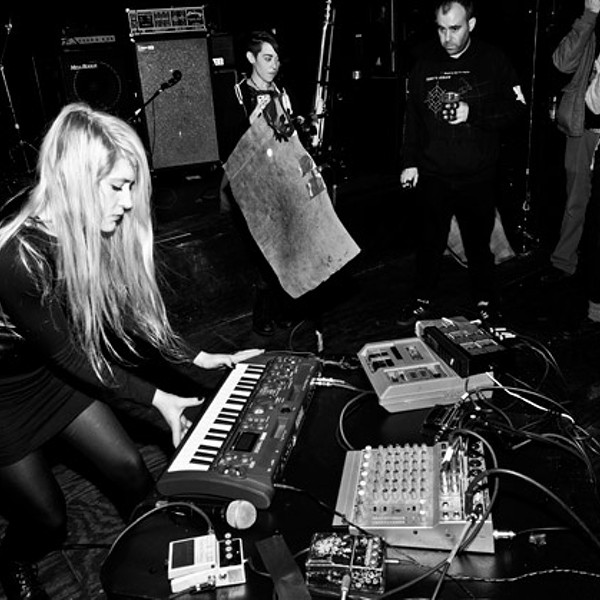John D. Bullough, senior research scientist and adjunct assistant professor at Rensselaer Polytechnic Institute’s (RPI) Lighting Research Center in Troy, answers some questions about the basics of LED lights and how they can be incorporated in the home. Bullough has a master’s degree in lighting and a PhD in multidisciplinary science, both from RPI.
Can you describe to the layperson what an LED light is? Are they better than fluorescent lights?
A light-emitting diode (LED) is a semiconductor chip that glows when a current is passed through it, depending upon the material the chip is made from. They are not inherently better than incandescent and fluorescent lamps, just different. Some of their advantages are that they can produce colored light without a colored filter, which is why they are being used in traffic signals. They potentially can last a long time, but only if they are designed properly. We sometimes hear that an LED is a “cool” light source that does not get hot, but that isn’t true. LEDs don’t emit heat like incandescent bulbs, so you cannot use them to keep French fries warm like at fast food restaurants. But the LED chips can get very hot, and if that heat is not somehow conducted away, the LED may not stay bright for very long. That is why some LED lights in stores have lots of metal fins, or “heat sinks,” on them, to draw the heat away from the LED chip and into the air. But if an LED light has good heat sinks, it can last a long time.
How far has LED technology come since it launched, and where do you see it headed?
The first LEDs were used as indicator lights like on our stereos and computer equipment, and only came in dim red and green colors. Now LEDs are produced in all colors, even white. That means LEDs can be used in lighting systems. There are already many LED flashlights, and some LED light bulbs are being sold in department stores. They are still usually pretty expensive. While they produce more light than incandescent light bulbs for the same electrical power, they are just beginning to catch up to more efficient fluorescent lamps.
How can people incorporate LED lights in their homes and what are the benefits?
LEDs are starting to be sold for under-cabinet lighting, display lights, and outdoor walkway lights. The Lighting Research Center (LRC) at RPI has written a report about LED consumer lighting products.
Because LED lighting systems are so new, much of the appeal is simply the “coolness” factor of having a high-tech light in the house. LEDs are still evolving and becoming more efficient, and lighting systems are doing a better job at cooling the LED chips. A main benefit of LED lighting will be long-lived lighting systems with good efficiency. We won’t have to change light bulbs as often and possibly for some locations at all.
The RPI report on consumer lighting products can be found at www.lrc.rpi.edu/programs/nlpip/lightingAnswers/consumerLED.







